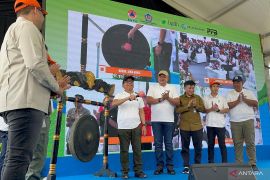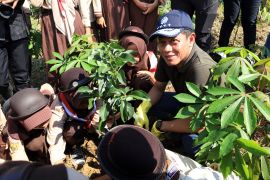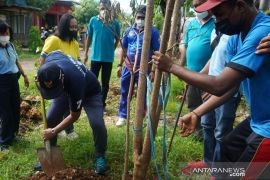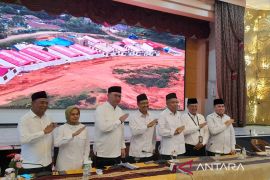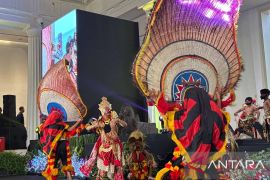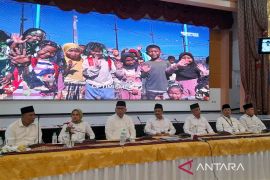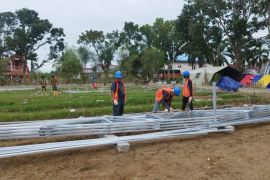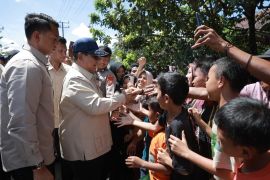The planted tree species were ketapang (Terminalia cattapa L.) tree species, sea fir, trembesi (Avicennia littorallis), and apika (Avicennia Sp), Risber, head of the district`s environmental office, said here Saturday.
"The greening activity carried out from the very end of the district until the capital of the region was to mark World Environment Day and to avoid the impact of global warming in this area," Risber said.
He said officials of the villages, the local people in the coastal areas as well as the people living on the critical land participated actively in the tree-planting drive.
"The location of the planting is concentrated along the coast of such sub districts as Air Rami, Air Dikit and Kota Mukomuko, as well as some sub districts in the critical areas," Risber explained.
In addition, the trees were also planted along the critical watershed and the worth of Lake Nibung which already do not have shields anymore.
"Some areas have previously been surveyed by the officers from the office environment to locations which were targeted in tree planting," Risber explained.
He added, some trees were also planted at the village office yards and along the road by the villagers.
"With the availability of ten thousand trees from Bengkulu Watershed Management Center, it can provide benefits to replace trees that have been cut down by the local people residents in this area," Risber said.
He explained, in the future the greening programs at several critical locations and along the coast need to be increased by the local people with the help of tree seedlings from the government.
"There are many benefits to be gained by the green area that is to reduce the impact of global warming and to slow the reduction of the mainland by coastal erosion in this area," Risber said. (*)
Editor: Kunto Wibisono
Copyright © ANTARA 2011
